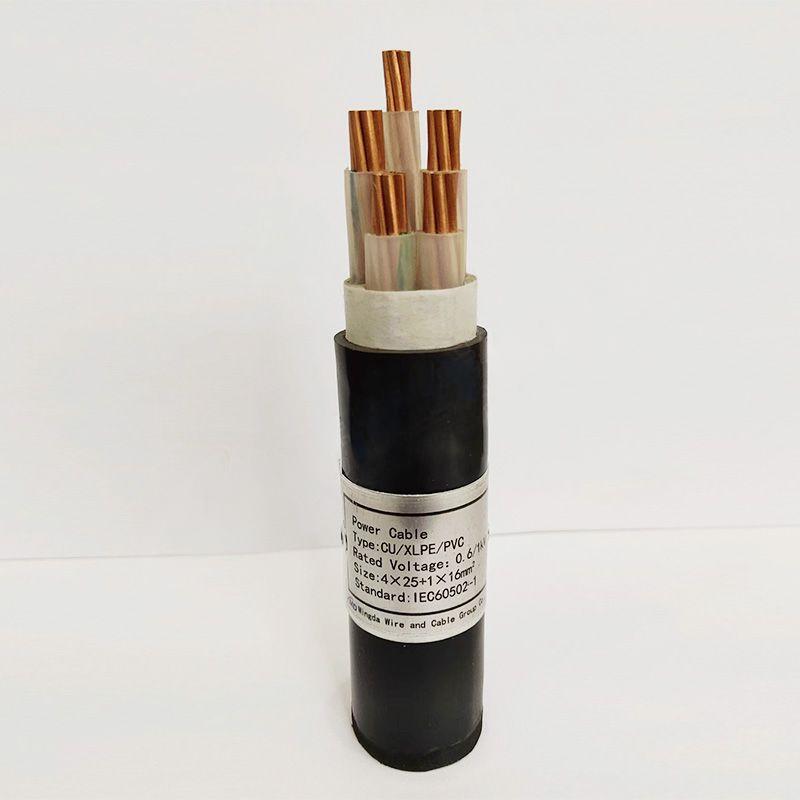10 月 . 21, 2024 17:48 Back to list
Cast Iron Y Strainer Features and Benefits for Efficient Fluid Filtration
Understanding Cast Iron Y Strainers
Cast iron Y strainers are important components in various piping systems, primarily used to filter out debris, sediment, and other unwanted particles from a fluid flow. Their design and functionality make them essential in maintaining system integrity and ensuring efficient operation across various applications, from industrial settings to municipal water systems.
What is a Y Strainer?
A Y strainer is a type of mechanical filter that allows fluids to pass through while effectively capturing contaminants. The Y shape refers to the configuration of the body, which resembles the letter. This design supports the strainer element and allows for easier cleaning and maintenance, as it typically features a clean-out plug at the bottom or side, enabling users to access and clear out retained debris without dismantling the entire system.
Benefits of Using Cast Iron
Cast iron is a popular material choice for Y strainers due to its strength, durability, and resistance to wear and corrosion. It can handle high pressures and temperatures, making it suitable for various industrial applications. Moreover, cast iron provides excellent noise reduction, an essential feature in applications where sound levels must be controlled.
The design and construction of cast iron Y strainers allow them to operate effectively in challenging conditions. For example, in chemical processing or wastewater treatment facilities, where corrosive or abrasive materials may be present, cast iron offers the necessary resilience to withstand these harsh environments without compromising structural integrity.
Applications of Cast Iron Y Strainers
Cast iron Y strainers are versatile and find applications in numerous industries
cast iron y strainer

1. Water Treatment Plants These strainers are commonly used to filter incoming water to remove sand, debris, and other particulate matter, ensuring the purification process operates efficiently.
2. Petrochemical Industries In environments where fluids are pumped under high pressure and may contain particulates, cast iron Y strainers are vital in preventing damage to downstream equipment such as pumps and valves.
3. HVAC Systems In heating, ventilation, and air conditioning systems, Y strainers help to keep the system free of contaminants that could disrupt airflow or affect heating efficiency.
4. Agricultural Applications In irrigation systems, Y strainers prevent clogging caused by soil particles and organic matter, thus ensuring a consistent flow of water.
Maintenance and Care
To ensure the longevity and effectiveness of cast iron Y strainers, regular maintenance is recommended. Cleaning the strainer involves periodically inspecting and removing the filter element to eliminate accumulated debris. Depending on the application, this may need to be done more frequently, especially in settings with higher levels of contamination.
Additionally, it's essential to check for any signs of corrosion or wear on the cast iron body. Although cast iron is designed to resist corrosion, it is still susceptible to environmental factors and chemical exposure. Addressing these issues proactively can prevent more significant problems and costly repairs in the future.
Conclusion
In summary, cast iron Y strainers are integral components that enhance the efficiency and reliability of fluid transport systems. Their robust material properties, coupled with a practical design, make them suitable for a wide range of applications. By investing in high-quality cast iron Y strainers and committing to regular maintenance, industries can ensure optimal performance, safeguard equipment, and prolong the lifespan of their systems. With such a significant role in various sectors, understanding their function and maintenance becomes essential for any professional involved in fluid dynamics or system management.
Share
-
Understanding the Differences Between Wafer Type Butterfly Valve and Lugged Butterfly ValveNewsOct.25,2024
-
The Efficiency of Wafer Type Butterfly Valve and Lugged Butterfly ValveNewsOct.25,2024
-
The Ultimate Guide to Industrial Swing Check Valve: Performance, Installation, and MaintenanceNewsOct.25,2024
-
Superior Performance with Industrial Swing Check Valve: The Essential Valve for Any SystemNewsOct.25,2024
-
Industrial Swing Check Valve: The Ideal Solution for Flow ControlNewsOct.25,2024
-
You Need to Know About Industrial Swing Check Valve: Functionality, Scope, and PerformanceNewsOct.25,2024